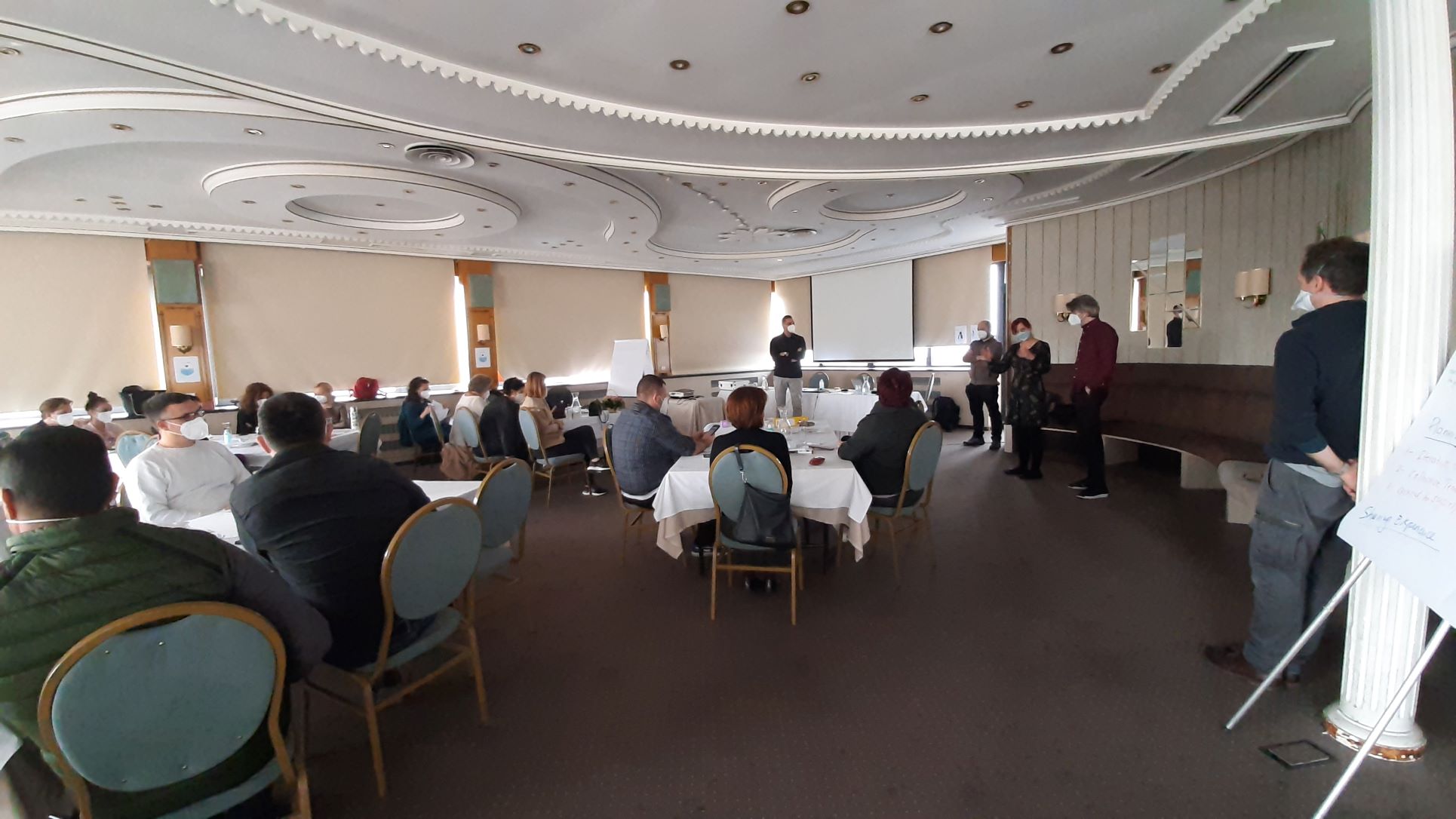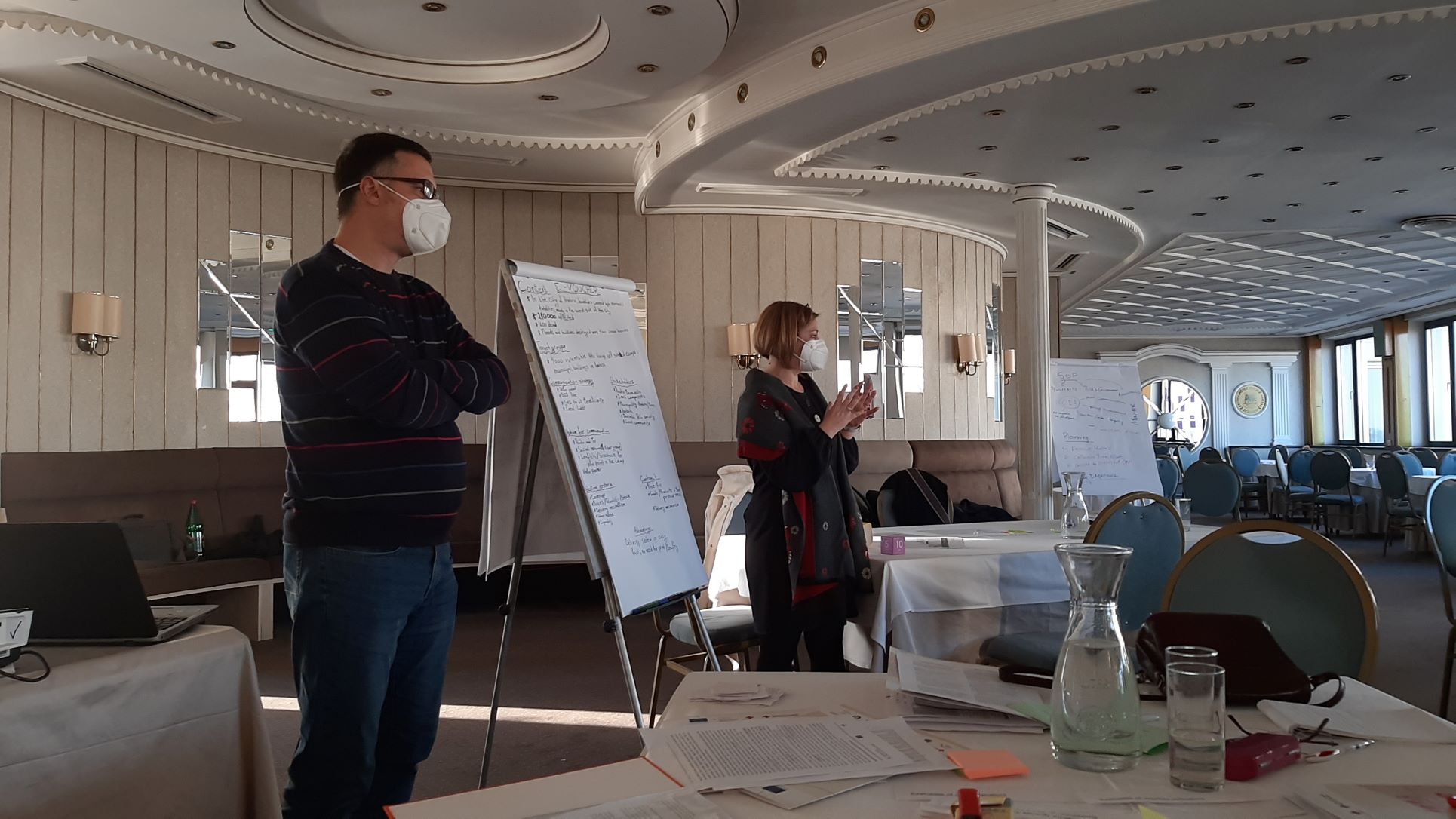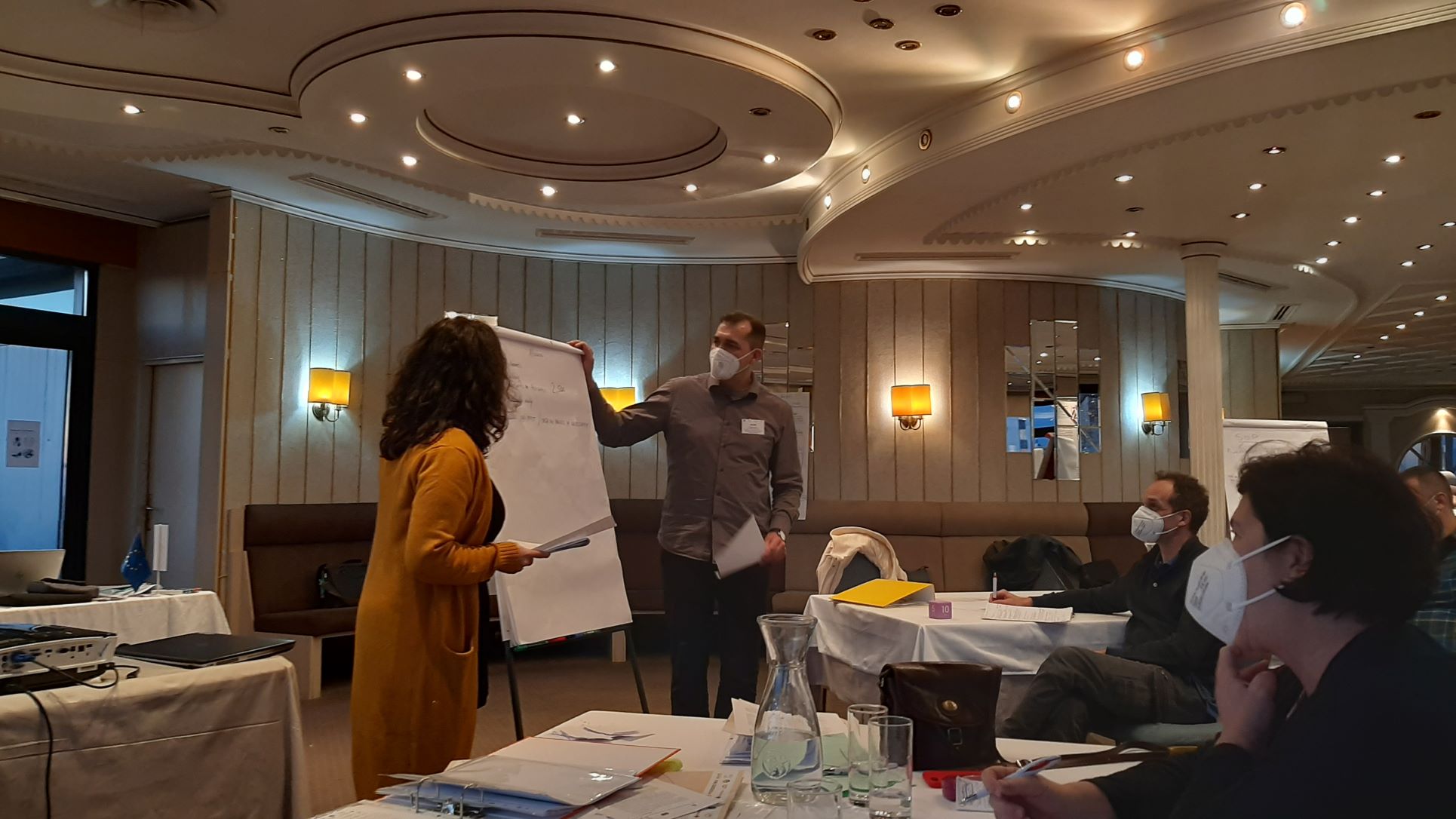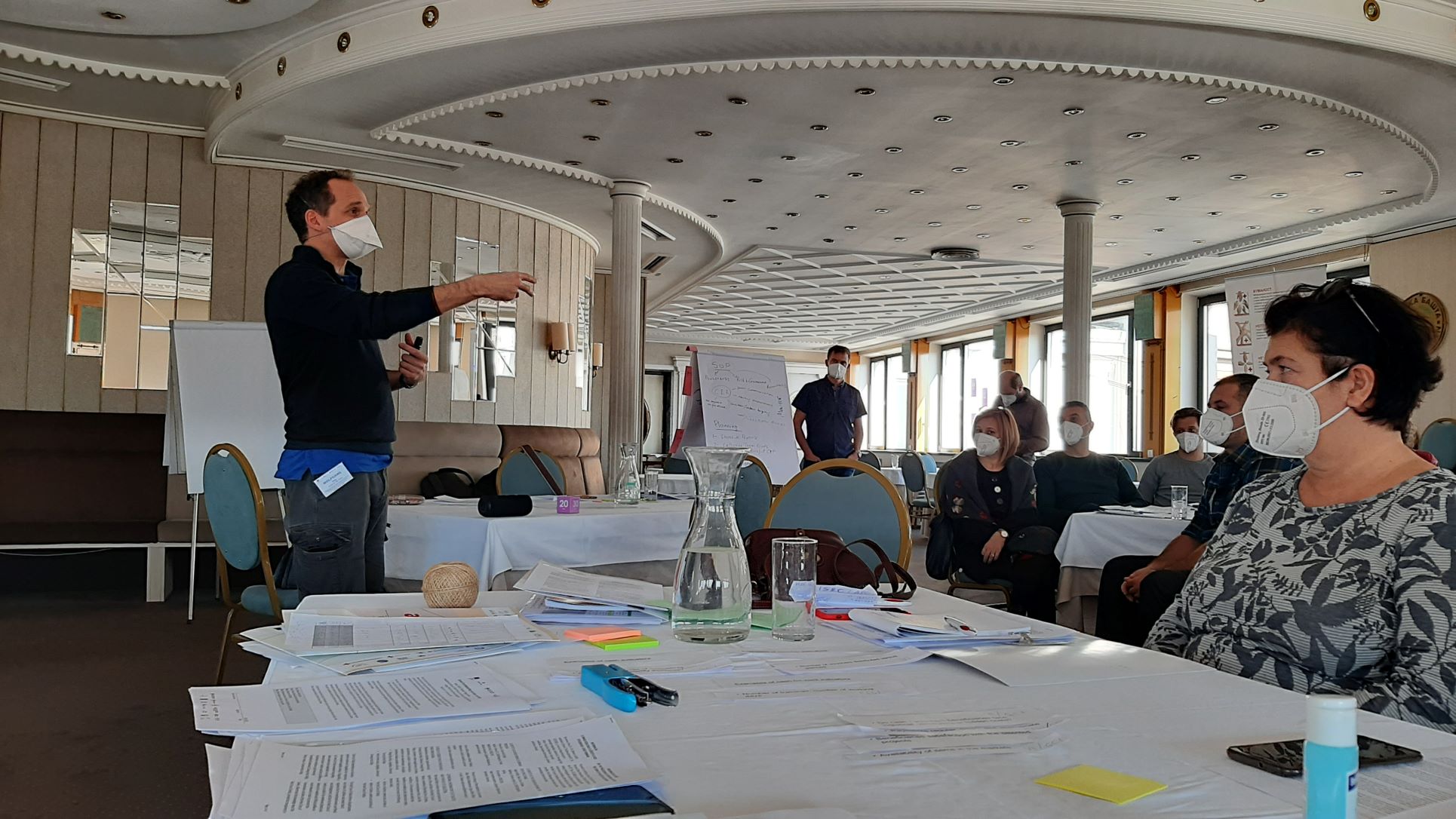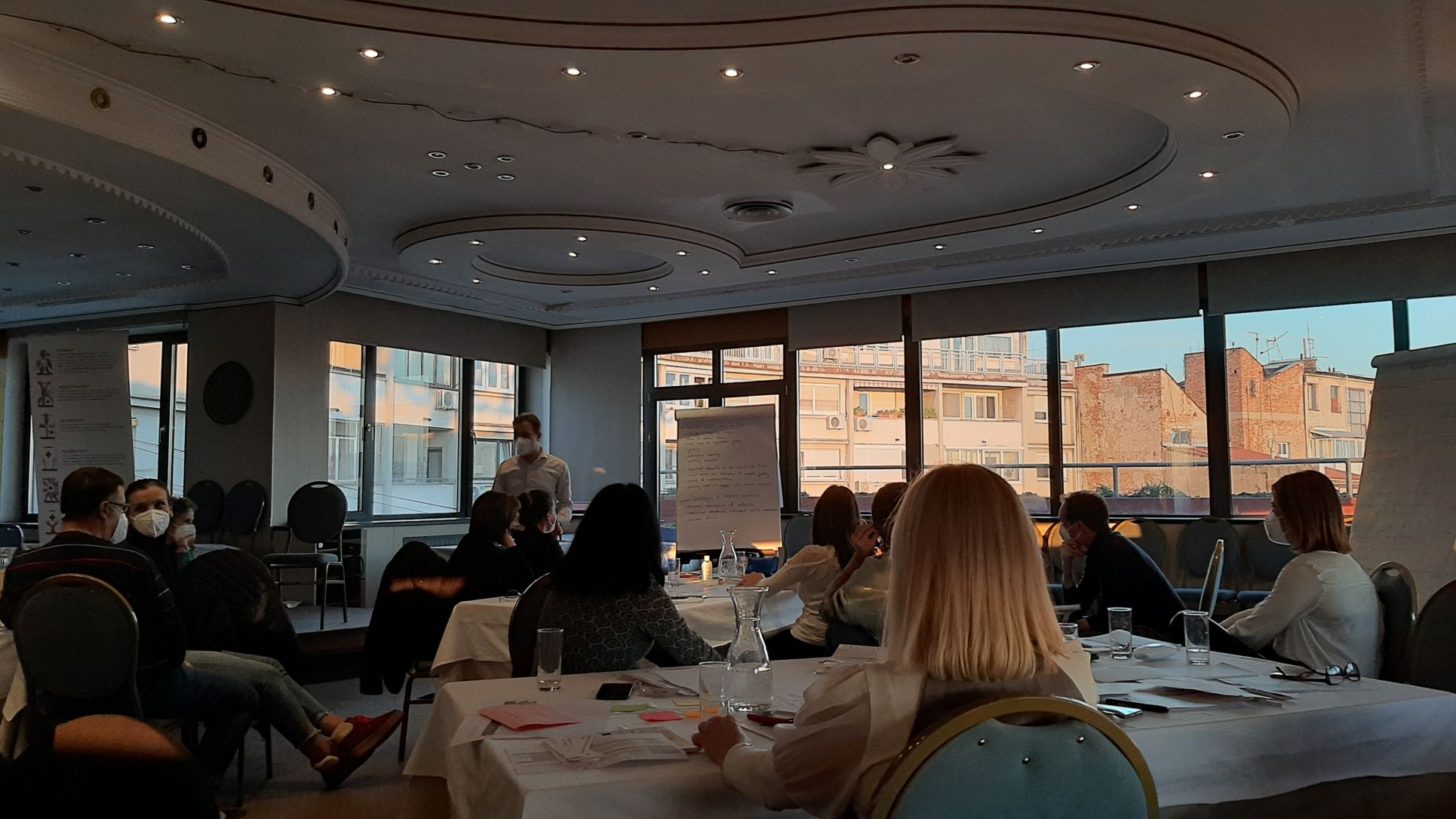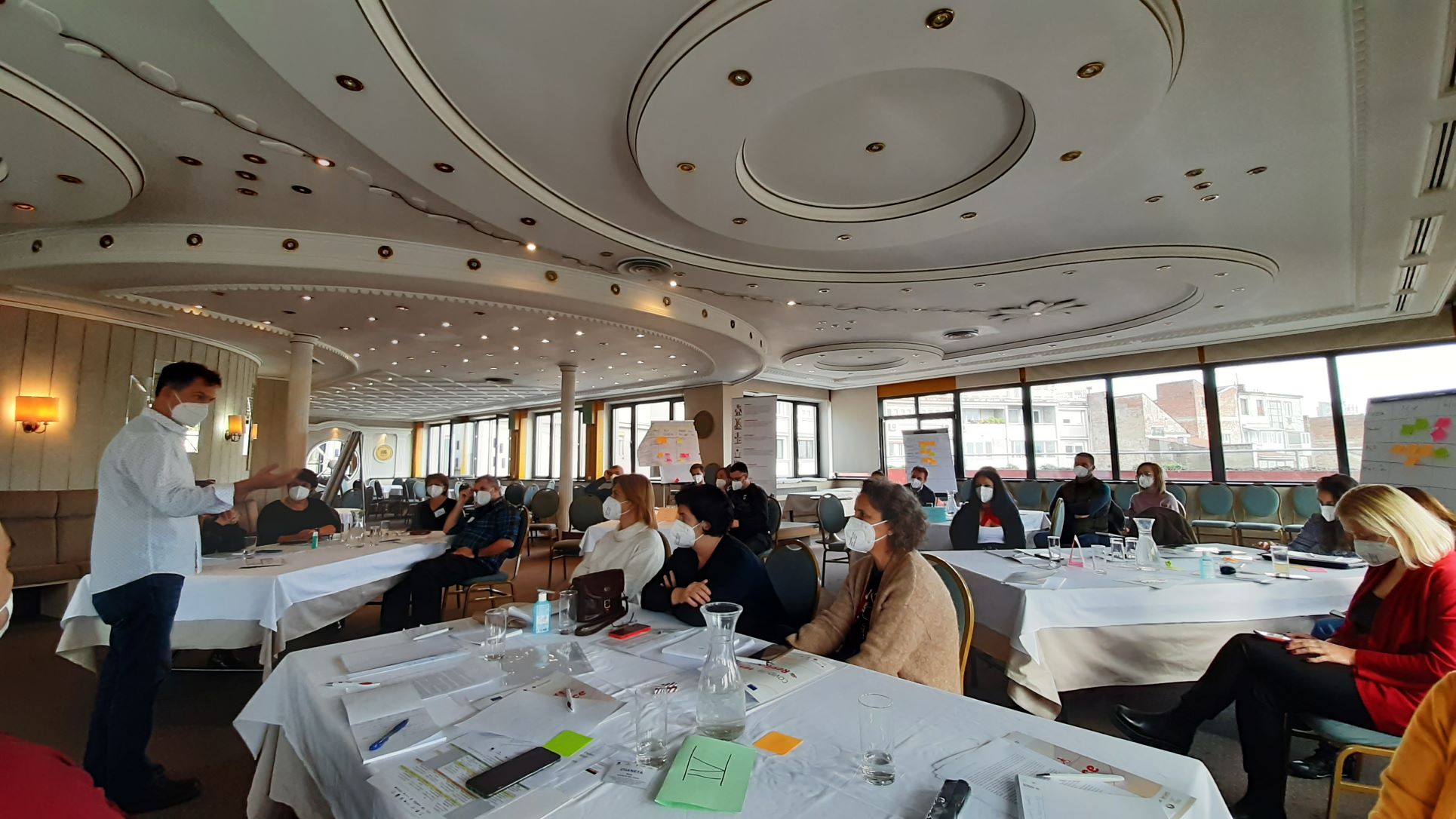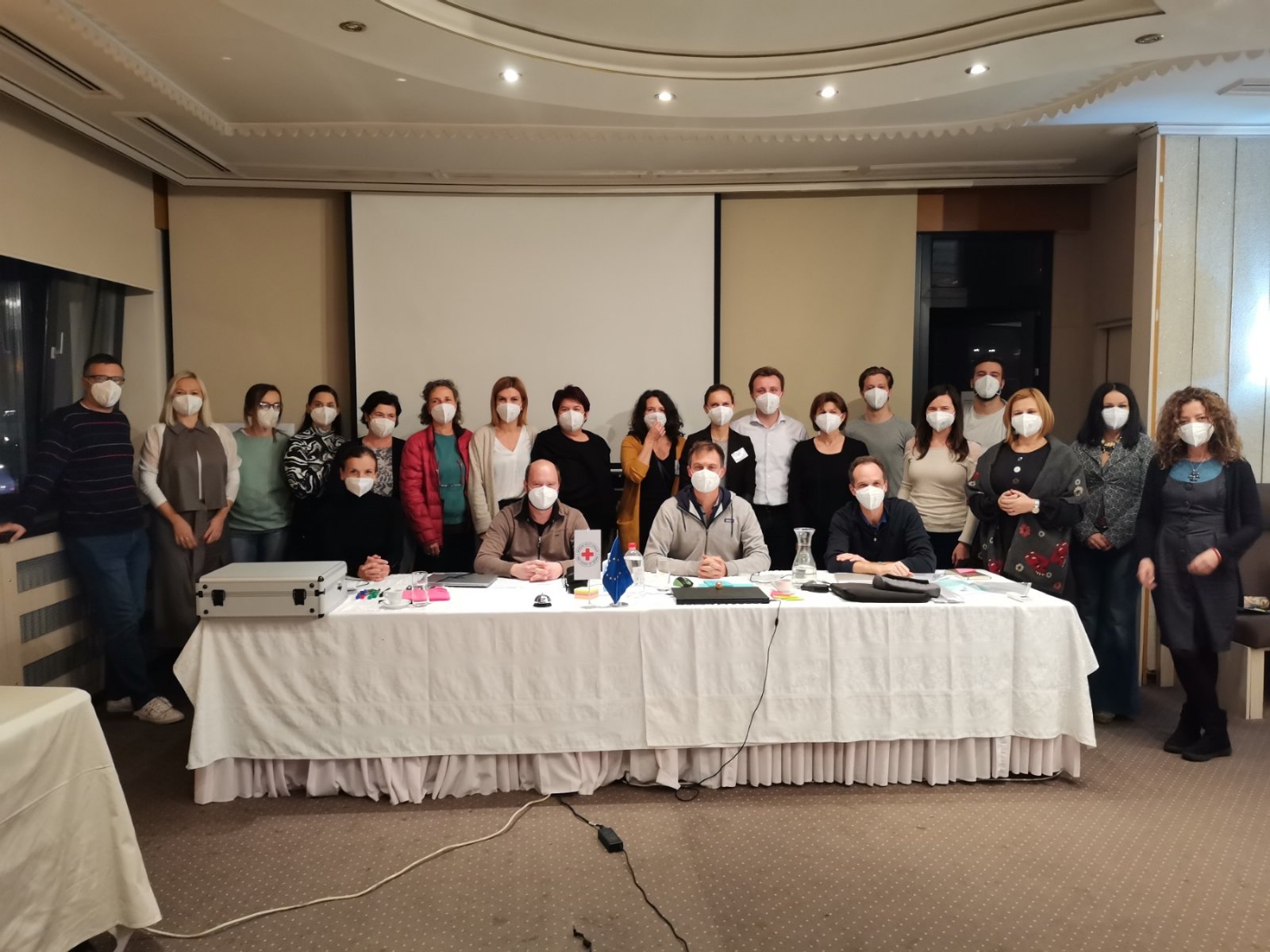Regional training of representatives of National Societies for cash and voucher assistance
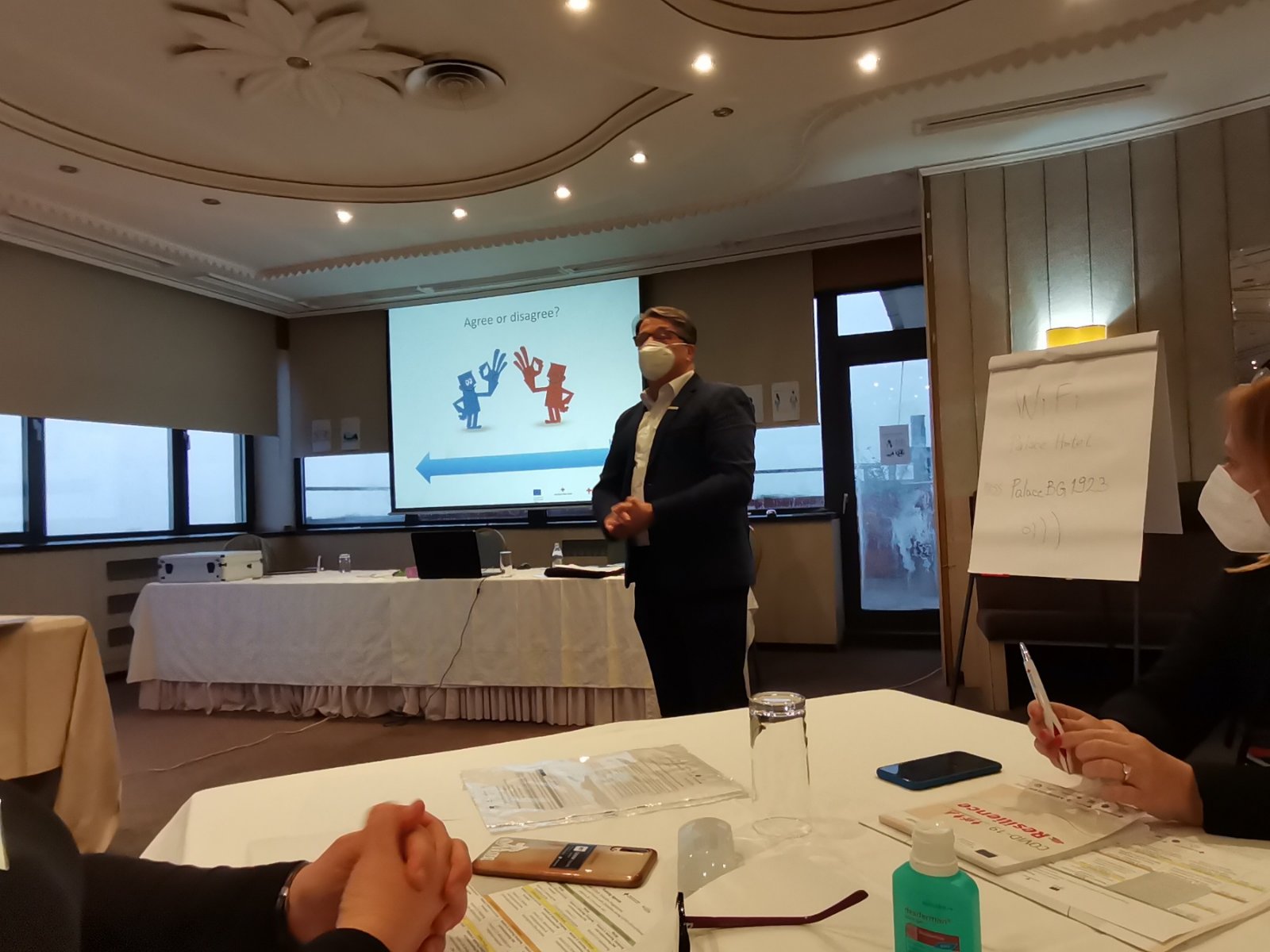
In the period from November 8 to 12, 2021, the Red Cross of Serbia organised a regional training for Cash and Voucher assistance following the standard program of the International Federation of Red Cross and Red Crescent Societies called “Level 2 Cash Transfer Programming”. The training was conducted within the project “Strengthening the resilience of older persons and persons with disabilities during the COVID-19 crisis and future crises”, which is financially supported by the European Union and the Austrian Development Agency, and coordinated by the Red Cross of Serbia. The training was attended by 25 participants from Albania, Bosnia and Herzegovina, Montenegro, North Macedonia and Serbia, the representatives of the respective National Societies. The model of cash and voucher assistance in this part of the region has not been widely applied so far, and representatives of National Societies from the region will have the opportunity to be among the first to implement such a model of assistance in the countries where they work. The lecturers were the experts in this field from the Austrian Red Cross.
The training was held at the Palace Hotel in Belgrade. The Red Cross of Serbia, as the organizer and coordinator of the project, included five representatives in the training, who are employed in various programs within the activities of the National Society.
The training included 4 teaching units, in which the participants had the opportunity to learn the mechanisms of organisation, selection and monitoring of the model based on cash and voucher assistance, but also to exchange experiences from previous work.
On the first day, the participants had the opportunity to get additional information about the model itself through lectures related to the introduction to cash assistance. On the second day, the focus was on using cash transfer, and participants through sessions had the opportunity to learn how to assess the feasibility of CVA, delivery mechanisms and application of new technologies, but also learned about mapping basic market systems and interpreting the impact on market systems. The third day was dedicated to practical work and understanding of the model through learning about the criteria for response analysis and risk analysis and mitigation measures. On the fourth day, the participants of the training continued to develop the plan, through group work, based on a case study that was an example of real work. As a continuation of the development of the model in practice, the participants devoted worked on planning the monitoring and development of the implementation plan. These topics were part of the unit entitled Selection, design and implementation. The fifth day was dedicated to summarising key segments in planning and implementation, but also an opportunity to once again draw attention to the importance of comprehensive contingency planning and the inclusion of a cash readiness element, which is included as a form of assistance.
